#native american literature
Text
"I came into this world already scarred by loss on both sides of my family. My Indigenous side; my European side. My father and my mother were the kind of damaged people who should never have had children. But of course, they had me, and so my first language was loss."
Deborah Miranda, When Coyote Knocks on the Door (2021)
#quotes#literature#lit#poetry#spilled ink#modern literature#poets of color#native literature#indigenous literature#native authors#native writers#women authors#women writers#queer authors#queer writers#indigenous writers#indigenous authors#indigenous women#native american literature#deborah miranda#american literature
57 notes
·
View notes
Text
Once in his life a man ought to concentrate his mind upon the remembered earth, I believe. He ought to give himself up to a particular landscape in his experience, to look at it from as many angles as he can, to wonder about it, to dwell upon it. He ought to imagine that he touches it with his hands at every season and listens to the sounds that are made upon it. He ought to imagine the creatures there and all the faintest motions of the wind. He ought to recollect the glare of noon and all the colors of the dawn and dusk.
N. Scott Momaday, The Way To Rainy Mountain
#book quotes#native american#books and libraries#literature#nature#nature quotes#walking in nature#books and reading#n Scott momaday#wisdom#Native American literature#nature writing
44 notes
·
View notes
Photo


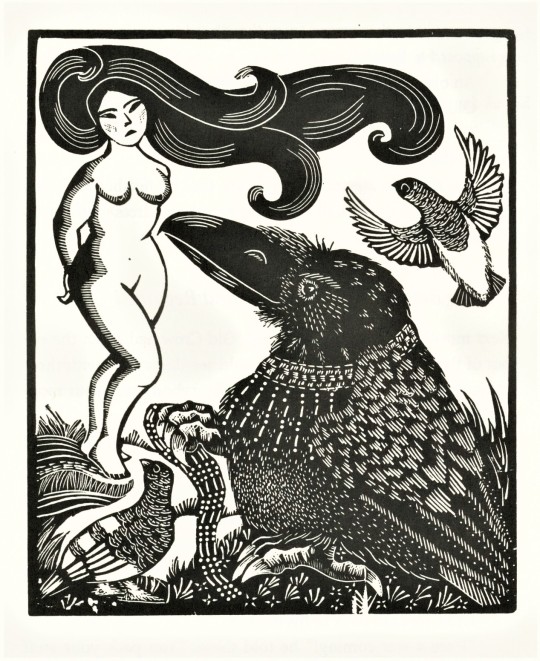
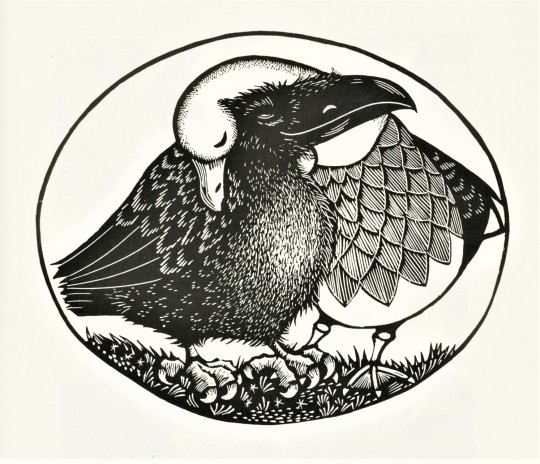
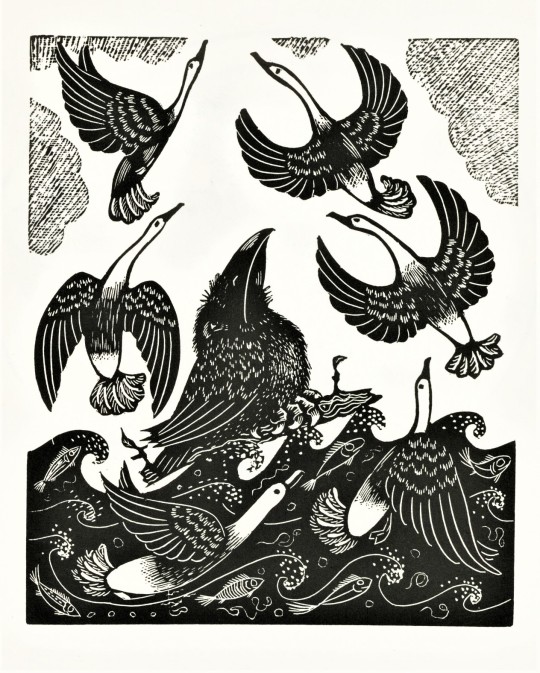
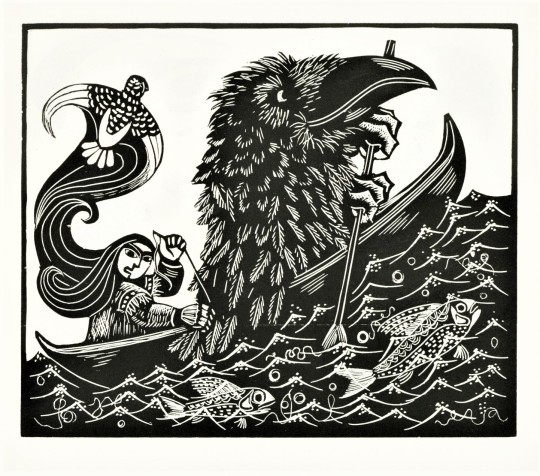

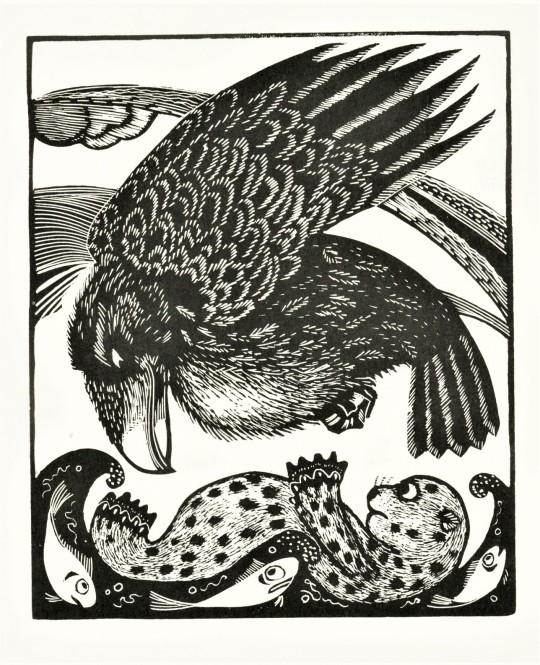


Feathursday Raven Tales from the Dena
Yesterday we shared some wood engravings by Alaskan artist, librarian, and illustrator Dale DeArmond (1914-2006) as illustrations for American ethnologist Frederica de Laguna’s transcribed collection of Dena stories, Tales from the Dena, published in 1995 by the University of Washington Press. The trickster character, Raven, features prominently in the folklore of the Denaʼina and DeArmond seems to delight in depicting Raven’s wily character. According to the Sitka Sentinel, DeArmond described ravens as entertaining, intelligent, and mischievous. She's said she doesn't particularly identify with them, but she does respect them. "Rather admirable," she said of the feathered tricksters, "their approach to life. I like it."
Shown here are a selection of DeArmond’s wood engravings illustrating a few of the Raven tales collected in Tales from the Dena. Click on the images to see the captions.
View more wood engravings by Dale DeArmond.
View more posts with wood engravings.
View more Feathursday posts.
#Feathursday#ravens#Raven the trickster#wood engravings#wood engravers#women wood engravers#Dale DeArmond#Frederica de Laguna#Tales from the Dena#Denaʼina#University of Washington Press#indigenous Alaskans#Alaskan stories#Native Americans#Native American literature#illustrated books#birds#birbs!
330 notes
·
View notes
Text
i will never not talk about how important it is to consume other literature written by marginalized communities and different communities than your own.
native american literature is some of the most beautiful literature i’ve ever studied and engaged in.
here’s some recs!!
Poetry
she had some horses by joy harjo
selu: seeking the corn mother’s wisdom (also as fiction and non-fiction) by marilou awiakta
whereas by layli long soldier
fiction
solar storms by linda hogan
there, there by tommy orange
ceremony by leslie marmon
13 notes
·
View notes
Photo
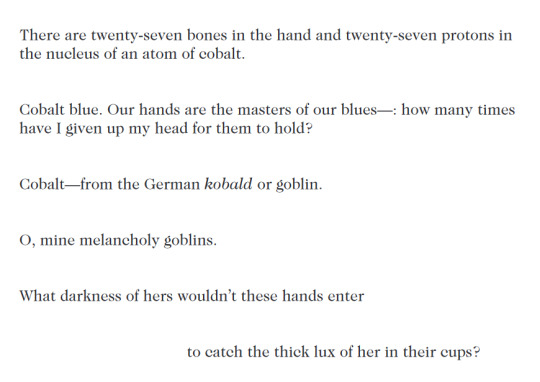
Natalie Diaz, The Hand Has Twenty-Seven Bones — : These Hands If Not Gods
#lit#quotes#words#poetry#Natalie Diaz#The Hand Has Twenty-Seven bones#the lovers#the most human colour#longing and longing and longing#native american literature#m#typography#queued
226 notes
·
View notes
Text
The beginning of Birthday Kid Poem by Simon J. Ortiz, from a broadside published by Zephyrus Image in the 1970s. Part of our Native American Literature collection.

5 notes
·
View notes
Photo

Book review: Heart Berries by Terese Marie Mailhot
This is a short but very impactful memoir. The author is a Salish woman who wrote this book as a series of essays when she was hospitalized. The writing style is quite unique. A lot of it is in second person, and other parts are almost stream-of-consciousness. Additionally, some parts are very poetic and/or ambiguous, and others are very direct/blunt. The author talked about her feelings of anger from years of parental neglect, a teenaged marriage that was violent, losing custody of one of her sons, childhood sexual abuse, another relationship with emotional neglect/cheating/abandonment, poverty, institutionalized racism, and being diagnosed with post-traumatic stress and bi-polar II disorder. What I liked about this book was that a lot of it was basically a giant call-out to many people either directly responsible for her suffering, or were too dense and judgmental to understand why she had the problems she had.
24 notes
·
View notes
Text
We didn't know we would spend the rest of our lives running
Or we would have slowed down
Tanya Tagaq, Split Tooth
#Tanya Tagaq#Split Tooth#running#run for your lives#chase#Indigenous literature#Native American literature#Canadian literature#quotes#quotes blog#literary quotes#literature quotes#literature#book quotes#books#text#words#BIPOC author
5 notes
·
View notes
Photo
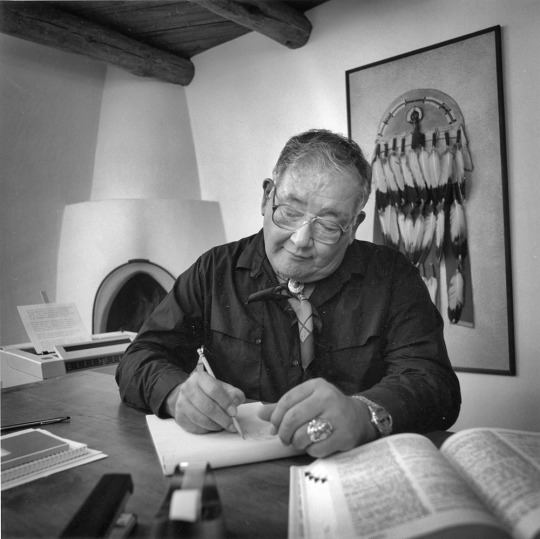
Pulitzer Prize winning author, N. Scott Momaday (Kiowa) walks on.
(via N. Scott Momaday | School for Advanced Research)
2 notes
·
View notes
Text
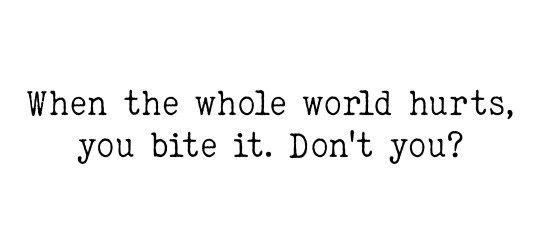
– Stephen Graham Jones, The Only Good Indian
#book quote of the day#stephen graham jones#the only good indians#horror#native american literature#native american author#Shirley Jackson Award winner#Bram Stoker Award winner#Ray Bradbury Prize winner#book recommendations
24 notes
·
View notes
Text
Hey! I Like... Gowongo Mohawk
In this episode our host takes over the mic to talk about their favourite playwright of all time (and her wonderful horses).
Join us to find out more about @stormleviosa's grad school shenanigans, victorian stagecraft, insane revenge plots, and the importance of looking after your horses (they could save your life one day).
Find us on anchor.fm, spotify, and google podcasts
7 notes
·
View notes
Text
"Sometimes you lose something so big, so immeasurable, that bearing your grief requires an act just as complicated and unfathomable as that loss."
Deborah Miranda, When Coyote Knocks on the Door (2021)
#quotes#literature#lit#poetry#spilled ink#modern literature#poets of color#women authors#indigenous authors#indigenous writers#native writers#native american literature#native women#native authors#queer writers#queer authors#deborah miranda
20 notes
·
View notes
Text
There was no such thing as emptiness in the world. Even in the sky there were no vacant places. Everywhere there was life, visible and invisible, and every object possessed something that would be good for us to have also—even to the very stones.
Luther Standing Bear, Land of the Spotted Eagle
#book quotes#native american#Luther standing bear#literature#books and libraries#native american literature#books and reading
6 notes
·
View notes
Photo
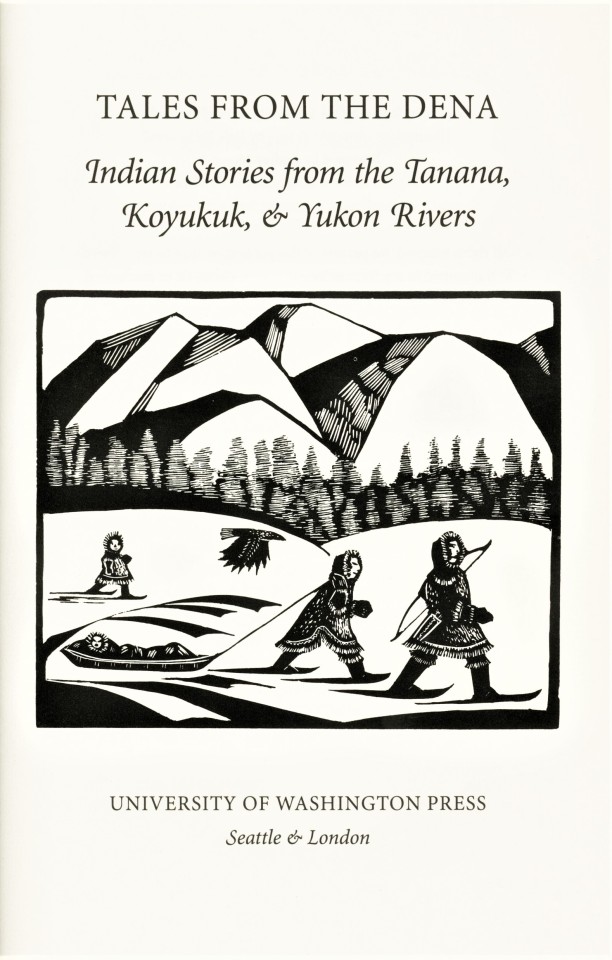


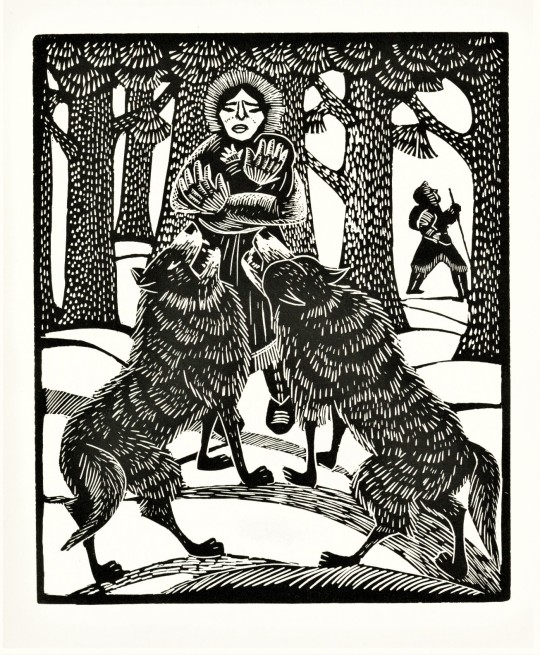



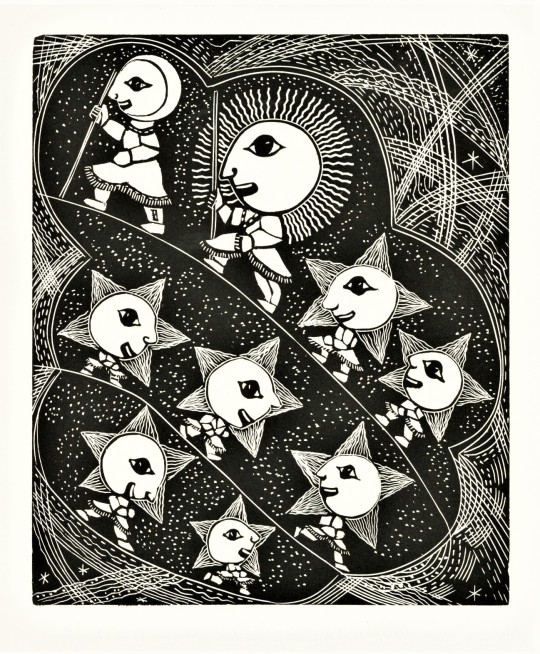


Wood Engraving Wednesday
DALE DEARMOND
Alaskan artist, librarian, and wood engraver Dale DeArmond (1914-2006) illustrated indigenous Alaskan stories and folktales for over half a century. In an interview she observed, "I'm an illustrator. And I prefer to illustrate myths and legends. Mostly myths and legends of the Native Alaskan people, and other things that relate to Alaska because I've been up here so long, that's all I know about…” DeArmond was born in North Dakota, educated in Tacoma, Washington, and then moved to Alaska after marrying Robert Neil DeArmond, a native of Sitka, where she remained for the rest of her life.
DeArmond began her artistic career as a painter, but in 1959 she trained with painter and woodcut artist Danny Pierce, a long-time Art professor here at UW-Milwaukee who spent much time in Alaska, and her career was transformed as a woodcut artist. She spoke about this experience in several interviews:
A friend and I spent the whole day watching Danny do a woodcut and print it. We could hardly wait until the next day to go to the builder's supply and get the materials. . . . Danny Pierce's demonstration made everything seem so simple. . . . The joyful thing about woodcuts is that even your first efforts look good. . . . I was a painter and illustrator in 1960 when I did my first woodcut and I have been having a love affair with wood ever since.
Then, after taking a wood engraving class in 1978, her career was transformed again, producing hundreds of wood-engraved prints and illustrations until the onset of dementia put an end to her career in 1999. By then, she had become a very notable figure in Alaskan cultural life. When asked about this notoriety, she responded, “Well, it's easy to be famous in Alaska!”
The work shown here, some of the last of DeArmond’s long career, are wood engravings for the 1995 publication Tales from the Dena, Indian Stories from the Tanana, Koyukuk, & Yukon Rivers, published by the University of Washington Press. The collection includes 41 Alaskan Indian tales, originally transcribed in 1935 by Frederica de Laguna and Norman Reynolds during an archaeological survey of the middle and lower Yukon River valley. de Laguna writes:
To my delight, Dale DeArmond, who has illustrated so many Alaskan stories, expressed an interest in illustrating these [stories]. . . . With this collaboration, I knew that we should offer this book to the general public . . . . Not least among those who I hope will find enjoyment in the book are the children and grandchildren of out storytellers, who told us the Tales from the Dena so long ago.
Dale DeArmond and I have asked that twenty percent of the royalties . . . go to the Doyon Foundation, a Native organization in Fairbanks, Alaska, to be used for the benefit of the Dena children and young people.
Click on the images to see the captions.
View more posts with wood engravings!
#Wood Engraving Wednesday#wood engravings#wood engravers#women wood engravers#Dale DeArmond#Danny Pierce#Tales from the Dena#Frederica de Laguna#Norman Reynolds#University of Washington Press#Denaʼina#Alaskan stories#indigenous Alaskans#Native Americans#Native American literature#illustrated books
142 notes
·
View notes
Text

Thanks to Macmillan Children's Publishing Group and NetGalley for providing me with an e-ARC in exchange for an honest review
✩ 🎣🌱Review:
“Warrior Girl Unearthed” is a powerful novel about reclamation.
Boulley does a fantastic job familiarizing her readers with Ojibwe customs and traditions through the perspective of the main character Perry Firekeeper-Birch as she spends the summer looking for ways to return the ancestral remains of the Warrior Girl to her tribe. The context provided about NAGPRA, the Native American Graves Protection and Repatriation Act, is very informative and shows that like many other laws in the system, it is flawed when inadequately enforced, as is the case Boulley’s novel. Perry’s frustration and despair radiates off the page and cannot help but weigh heavy on the reader’s heart every time she is denied access to her people’s sacred items and ancestral remains when she goes by-the-book. Left with no choice, Perry organizes a heist to reclaim what rightfully belongs to the Ojibwe tribe.
While Perry begins to set her plans in motion, Indigenous women begin to disappear. This element of mystery further immersed me in the story and spreads awareness about the MMIW movement. Boulley’s shocking revelations about the killer’s connection to the stolen artifacts and remains had me on the edge of my seat!
At its core, “Warrior Girl Unearthed” honors the history of Indigenous people and sheds light on their experiences with past and present injustices. I could not recommend it more.
➤ 4.75 stars
Cross-posted to: Instagram | Amazon | Goodreads | StoryGraph
@fiercereadsya
#warrior girl unearthed#angeline boulley#firekeeper's daughter#perry firekeeper-birch#daunis fontaine#ya contemporary#mystery books#mystery thriller#thriller books#indigenous literature#native american literature#book recs#booklr#book blog#book blogger#book review#bookish#book lover#bookaholic#ya reads#ya recs#young adult books
2 notes
·
View notes
Text
Well, occasionally twitter has a gem or two. This link was shared by Dr. Debbie Reese of Nambé Pueblo:
https://americanindiansinchildrensliterature.blogspot.com/p/native-nonfiction.html
#I went on the site to see if the fucking doge icon was real. it is. 💀#original#native american literature
1 note
·
View note